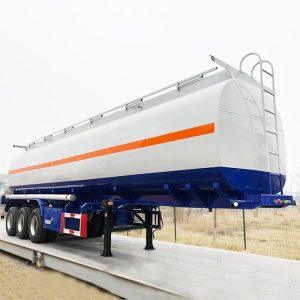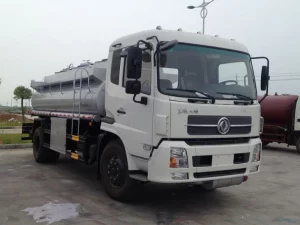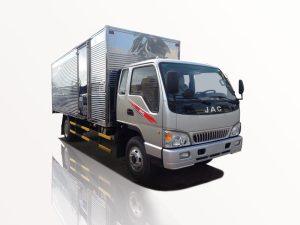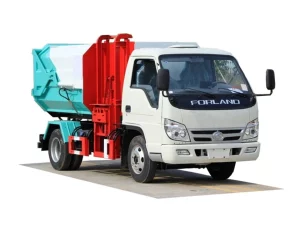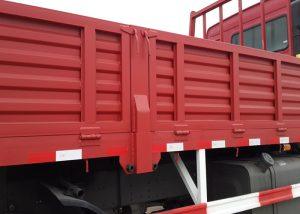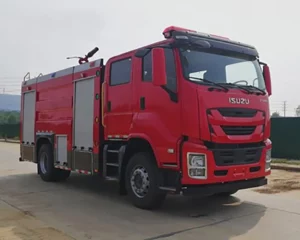Monday to Saturday - 8:00 -17:30
Understanding the Names of Fire Trucks: A Comprehensive Guide
Fire trucks have a vital role in emergency response, and they come in various types, each with its unique functionality and naming conventions. In this article, we will explore the different names of fire trucks, their specifications, and what makes each unique. We will also delve into the types of fire trucks, their uses, and other important information that every fire truck enthusiast should know.
1. The Importance of Fire Trucks
Before diving into the names of fire trucks, it’s essential to understand their significance. Fire trucks are equipped with tools and equipment to respond to various emergencies, including fires, medical emergencies, and natural disasters. They serve as the backbone of fire departments worldwide and are crucial for saving lives and property.
2. Different Types of Fire Trucks and Their Names
Fire trucks come in various types, and each type has its specific name and purpose. Below, we break down the most common fire truck types.
2.1 Fire Engine
A fire engine, often called a pumper truck, is primarily used to pump water to fight fires. It typically carries hoses, water tanks, and a variety of firefighting equipment.
Characteristics of Fire Engines
- Water tank capacity: Usually 500-1,500 gallons
- Fire hose storage: Multiple hoses for various situations
- Pump power: Capable of delivering water at high pressure
2.2 Fire Ladder Truck
Also known as an aerial truck, a ladder truck is equipped with a large extendable ladder. It is used primarily for reaching high places and rescuing individuals from burning buildings.
Characteristics of Fire Ladder Trucks
- Extendable ladder length: Can be up to 100 feet
- Water stream capability: Equipped with water cannons on the ladder
- Platform: May have an aerial platform for firefighters to stand on during operations
2.3 Fire Rescue Truck
A fire rescue truck is specialized for medical emergencies and other rescue operations. It carries equipment for extrication, medical response, and rescue tools.
Characteristics of Fire Rescue Trucks
- Medical equipment: Ambulance gear and first aid kits
- Rescue tools: Jaws of Life and cutting tools for vehicle extractors
- Small water supply: Typically less than a fire engine
2.4 Fire Tanker Truck
A fire tanker truck is designed to transport water to areas with limited water supply. These trucks have large tanks and the ability to pump water when needed.
Characteristics of Fire Tanker Trucks
- Tank capacity: Can range from 1,000 to over 3,000 gallons
- Pumping capacity: Often equipped with pumps for quick water discharge
- Off-road capability: Many are designed to navigate rugged terrains
2.5 Wildland Fire Engine
Wildland fire engines are specialized for fighting wildfires and are often equipped with off-road capabilities. They are typically lighter and more maneuverable than traditional fire trucks.
Characteristics of Wildland Fire Engines
- Tank capacity: Usually carries about 500-1,000 gallons
- All-terrain tires: Designed for difficult landscapes
- Hand tools: Usually carries shovels, hoses, and rakes for controlling fires
3. Unique Names and Terminology Associated with Fire Trucks
In addition to the general names of fire trucks, there are unique terminologies and nicknames for some specialized vehicles. Here are some of the common terms used in the firefighting community.
3.1 Quint
A quint is a combination fire truck that serves as both an engine and a ladder truck. It is named for its five functions: firefighting, water pumping, hose storage, aerial service, and ground ladder operations.
3.2 Brush Truck
Brush trucks are smaller vehicles designed for fighting wildland fires. They are equipped with a water tank, hoses, and tools to handle smaller brush and grass fires.
3.3 Foam Truck
Foam trucks are used primarily for fire situations involving flammable liquids. They are designed to carry foam agents that suppress flammable liquid fires more effectively than water alone.
4. How Fire Trucks Are Named: The Importance of Specifications
The naming conventions for fire trucks often reflect their specifications and intended use. Here’s how specifications impact names:
4.1 Specifications Overview
Fire trucks are named based on various specifications, including:
- Type of fire: Structure fires, wildfires, etc.
- Water carrying capacity: Size of onboard tanks
- Pumping capability: The flow rate that can be achieved by the pumps
4.2 Examples of Naming Based on Specific Needs
For instance, a “1500 GPM Pumper” would indicate a fire engine capable of pumping 1,500 gallons per minute. Understanding these specifications can help departments choose the right type of truck for their needs.
5. Essential Features of Modern Fire Trucks
Modern fire trucks are equipped with advanced technology and features designed to enhance firefighting capabilities.
5.1 Advanced Pump Systems
Many contemporary fire engines are equipped with computerized pump systems that allow for precise water flow control and management.
5.2 Communication Systems
Fire trucks often have built-in communication systems that connect them to fire stations and other emergency responders, enhancing coordination during emergencies.
5.3 Safety Features
With the focus on crew and public safety, modern fire trucks feature advanced safety mechanisms, such as rollover protection systems, backup cameras, and improved lighting.
6. Maintenance and Care for Fire Trucks
Understanding the maintenance of fire trucks is essential for ensuring they operate effectively when needed.
6.1 Regular Inspections
Fire trucks must undergo regular inspections to guarantee their equipment works correctly. This includes checking hoses, pumps, and safety gear.
6.2 Routine Maintenance Practices
Following a routine maintenance schedule, such as changing oil and checking the brakes, extends the lifespan of fire trucks and ensures reliability.
7. The Future of Fire Trucks
The future of fire trucks looks promising with the incorporation of new technologies and designs. Here are some anticipated trends:
7.1 Electric Fire Trucks
As the world moves towards sustainability, electric fire trucks are being designed to reduce emissions and improve energy efficiency.
7.2 Drones in Firefighting
Drones are beginning to play a more significant role in firefighting, helping to assess situations before crews arrive and enhancing operational efficiency.
8. Frequently Asked Questions (FAQ)
8.1 What is the difference between a fire engine and a fire truck?
A fire engine (or pumper truck) primarily pumps water and carries hoses, while a fire truck typically refers to an aerial ladder truck used for rescue operations.
8.2 Why are fire trucks red?
Fire trucks are traditionally painted red because it stands out, making them easily visible. However, some departments use other colors for various reasons.
8.3 What types of equipment do fire trucks carry?
Fire trucks carry hoses, water tanks, pumps, medical kits, firefighting tools, and sometimes specialized equipment like aerial ladders or rescue gear.
8.4 How do fire trucks get their unique names?
Fire trucks are named based on their function, equipment, and specifications, based on firefighting needs and capabilities.
8.5 How often are fire trucks replaced?
The lifespan of a fire truck can vary, but many are replaced every 10-15 years, depending on usage, condition, and budget.
8.6 What training do firefighters receive on fire trucks?
Firefighters undergo extensive training on operating fire trucks, including driving, operating equipment, and understanding maintenance procedures.
9. Conclusion: The Vital Role of Fire Trucks
Fire trucks are essential components of our safety infrastructure. Their specific names reflect their unique roles in firefighting efforts. Understanding the various names and types of fire trucks enriches our appreciation for the firefighting profession and the advanced technologies that keep our communities safe.


